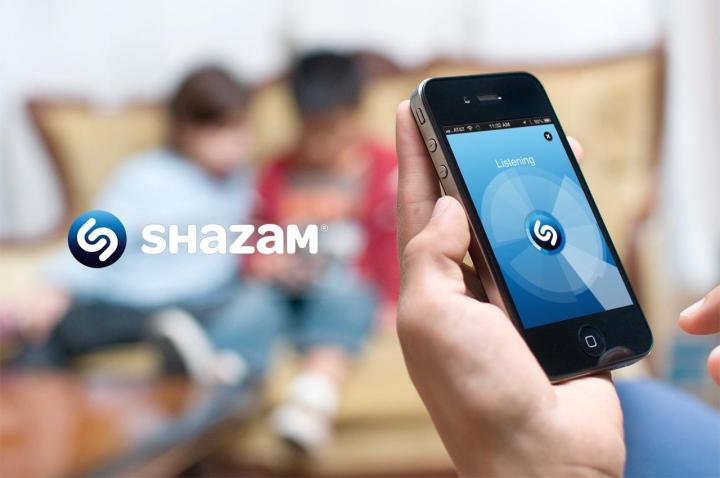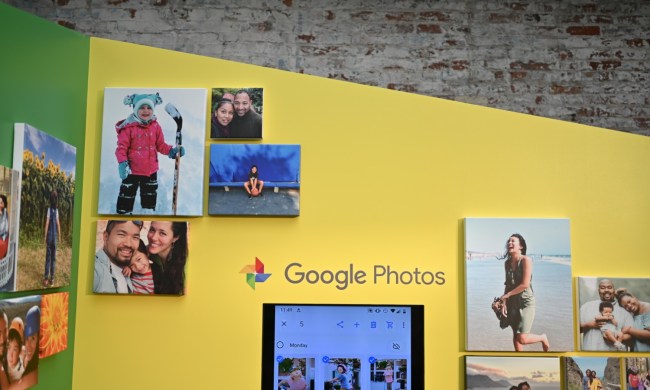
Shazam was rather successful in its latest round of funding, raking in $30 million. This works out to about a 3 percent stake in the company, which is where the $1 billion figure comes from. Consider this one statistic: In 2014, 100 million people used Shazam every month. That’s an increase from the 70 million in 2013. All of a sudden, Shazam’s success isn’t that surprising.
Even so, the latest public information shows Shazam actually lost money in the six months ending on December 31, 2013. Shazam lost $8.8 million on revenue of $25.6 million. However, Shazam is “intentionally not profitable” due to its constant reinvestments into new technology.
Shazam has grown up quite a bit since 2002. The music recognition service earns its keep from music downloads made through iTunes and other music services it sends users to, such as Rdio and Spotify. Shazam is also spreading its wings a bit, delving into the world of advertising. It will show promotional offers to those who walk into Office Depot or Office Max in the United States. Shazam might even reach a point where it will give more information to those who venture to the supermarket or watch a movie.


